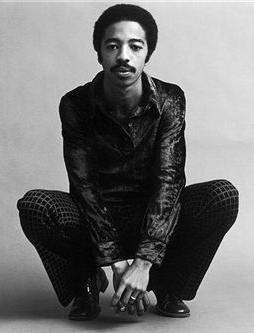#262: Researching and Publishing on Multiracial TopicsPosted in Live Events, Media Archive, Teaching Resources, United States on 2015-05-27 15:13Z by Steven |
#262: Researching and Publishing on Multiracial Topics
The 28th Annual National Conference on Race & Ethnicity in American Higher Education (NCORE)
Washington Hilton
1919 Connecticut Avenue, NW
Washington, DC 20009
2015-05-26 through 2015-05-30
Wednesday, 2015-05-27, 15:30-17:30 EDT (Local Time)
Columbia 3, Terrace Level
From the politics of labeling and counting mixed race students in research, to the interactions with editors who might not care about multiraciality, this session explores key issues related to researching and publishing on multiracial topics. Join several panelists from various fields in and outside of academia, as they share their experiences with various aspects of the research and publishing enterprise. From developing their own ideas for projects and conducting research, to writing for peer-reviewed journals and even turning the dissertation into a book, the panelists have a wealth of knowledge and expertise related to researching and publishing. They will share lessons learned along the way in their various roles as researchers, authors, editors, and most importantly, readers that can help others move their own work forward. Moreover, this session allows for the discussion of not only the general challenges of the research and publishing process, but also what happens when you add the complexities of multiraciality. Depending on contexts, multiracial topics can at times be viewed as too controversial or unworthy of our scholarly attention. Without conducting innovative research and disseminating new knowledge, there will continue to be limited/limiting discourses on mixed race, setting up dangers of a “single story” to encompass all experiences of such a diverse population. Publishing can be used as a way to open up new lines of inquiry, challenge narrow framings, and insist upon anti-racist approaches to research and practice. It also allows us to use various approaches to reach multiple audiences (e.g., scholarly, popular, student, literary). By exposing some of these issues, participants will have the opportunity to engage in critical conversations and move toward developing their own best practices for researching and publishing on multiraciality.
Presenters
Marc Johnston, Assistant Professor
Ohio State University
Kristen Renn, Professor of Higher, Adult, & Lifelong Education
Michigan State University
Lawrence-Minh Davis, Director
The Asian American Literary Review, Inc., College Park, Maryland
Steven Riley, Founder/Creator
MixedRaceStudies.org, Silver Spring, Maryland


